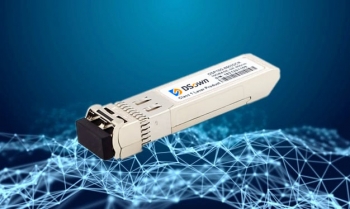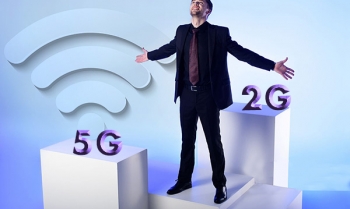Four Advantages Of Fiber Optic Communications

Fiber optical communications have transformed the telecommunication industry. Over many years of consistent reliability, fiber optics have become the predominant choice for Ethernet backbone infrastructure, high-speed internet services, and general data networking.
Today, fiber optics have become increasingly common in small to midsize business networks. The demand for IP-based devices, such as VoIP phones, IP cameras, and video conferencing units, requires an increase in bandwidth to support IP communications. Due to its massive throughput capabilities, fiber optic can support bandwidth-intensive devices with no issue.
However, fiber optics does come with a cost. Installation is still more expensive than installing traditional copper cabling and many businesses still don’t see a need for fiber in their networks. The following four benefits, however, surely outweigh the costs of installation.
Today, fiber optics have become increasingly common in small to midsize business networks. The demand for IP-based devices, such as VoIP phones, IP cameras, and video conferencing units, requires an increase in bandwidth to support IP communications. Due to its massive throughput capabilities, fiber optic can support bandwidth-intensive devices with no issue.
However, fiber optics does come with a cost. Installation is still more expensive than installing traditional copper cabling and many businesses still don’t see a need for fiber in their networks. The following four benefits, however, surely outweigh the costs of installation.
1. Secure Communication:
Fiber optic cabling is considered one of the most secure means of communication. The construction of the cabling makes interception of the transmission signaling extremely difficult. Any attempts to penetrate the glass cable will cause “light leakage” which in turn will cause noticeable degradation in communications.
2. Electromagnetic Compatibility:
Fiber optic cabling is resistant to many of the outside forces that degrade copper cabling. In areas such as industrial facilities where large motors, controllers, and air conditioners are constantly starting and stopping, fiber optic cabling is highly recommended. Electrometric interference and radio-frequency interference (EM/RFI) from the equipment can cause data loss increasing latency on packet streams as they traverse the network.
3. Speed:
Fiber-optic cabling is many times faster than traditional copper cabling. The small diameter glass fibers can support bandwidth speeds in-excess of 10-gigabit speeds per strand. While copper cabling can support these speeds, it would take multitudes of large diameter category 6 cables aggregated together to reach the speeds of one fiber strand.
4. Distance:
Fiber cable is the ideal means for long-distance, point-to-point hardline communications. The 328ft limit on traditional copper cabling restricts long-distance communication requiring the need of additional equipment to extend the signal. Towards the maximum reach of copper cables, attenuation will start to set in causing a slight reduction of speeds on gigabit transmissions. Fiber cables are far superior and less expensive for long-distance connectivity with the ability to achieve over 10 gigabytes of speed at over 40 km in length.
Since 2005, DSown has offered a full spectrum of product lines that feature reliable Ethernet infrastructures, extended temperature tolerance, and rugged enclosure designs. Our industrial switches (managed and unmanaged Ethernet) have various fiber options to fit your specific application. Our engineering team can help you create customized business solutions. If you would like to speak with one of our design specialists, sales engineers, or have any general questions about industrial networking.
Since 2005, DSown has offered a full spectrum of product lines that feature reliable Ethernet infrastructures, extended temperature tolerance, and rugged enclosure designs. Our industrial switches (managed and unmanaged Ethernet) have various fiber options to fit your specific application. Our engineering team can help you create customized business solutions. If you would like to speak with one of our design specialists, sales engineers, or have any general questions about industrial networking.


_thumbnail.jpg)




